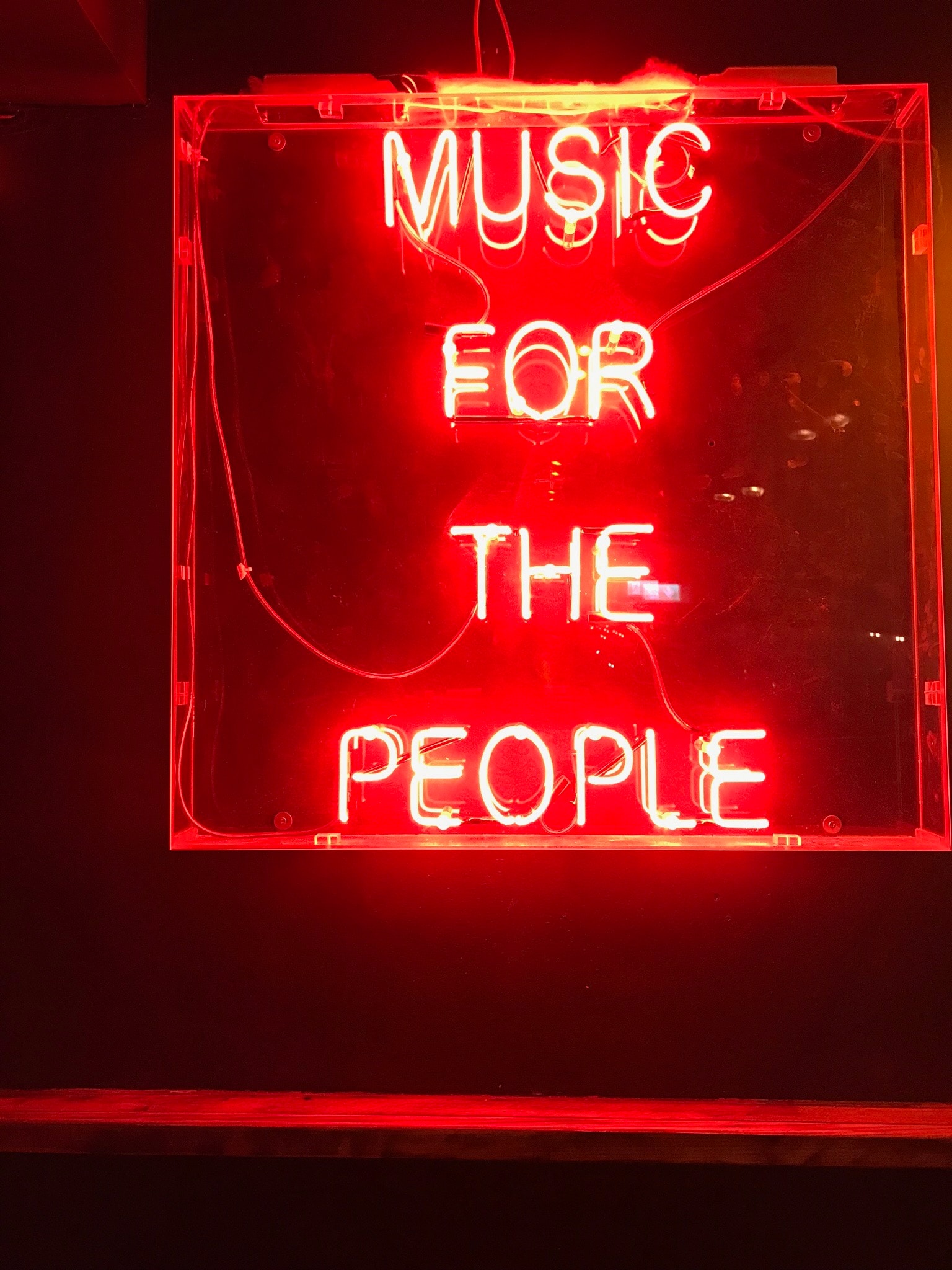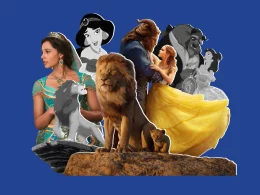The Super Bowl halftime show has become as much of a cultural phenomenon as the game itself. From Elvis Presley’s performance in 1973 to Beyonce and Bruno Mars’ electrifying duet in 2016, half-time shows have evolved into a spectacle that is eagerly anticipated by millions around the world. But how did we get here? In this blog post, we’ll take a look at the fascinating history of half-time shows and explore how they have transformed over time. We’ll also delve into the intersection between sports and music, considering what makes these two worlds such an explosive combination. So sit back, relax, and let’s dive into the world of half-time entertainment!
A brief history of half-time shows
Half-time shows have been a part of American football culture since the earliest days of the sport. The first Super Bowl in 1967 featured performances by marching bands, drill teams, and even flying pigeons! These early shows were relatively modest affairs compared to what we see today but they set the stage for future extravaganzas.
The turning point came in 1993 when Michael Jackson graced the Super Bowl halftime show stage. His performance was a game-changer and remains one of the most iconic moments in half-time show history. After that, performers began to take things up a notch with pyrotechnics, elaborate costumes, and jaw-dropping dance routines.
In recent years, half-time shows have become almost as famous as the game itself attracting big-name artists like Lady Gaga, Beyonce & Jay-Z and Justin Timberlake who mesmerized fans with their intricate choreography and stunning visuals.
As technology has advanced so too has production quality – every year’s halftime spectacle is designed to outdo its predecessor using enhanced lights and special effects which create an unforgettable experience for fans watching at home or inside stadiums across America.
How half-time shows have evolved over the years
Half-time shows have come a long way since their inception. In the early days, half-time shows were often limited to marching bands and simple cheerleading routines. However, over time they have evolved into elaborate spectacles featuring some of the biggest names in music.
One major turning point in half-time show history was Super Bowl XXVII in 1993 when Michael Jackson took the stage. This performance set a new standard for what a half-time show could be with its intricate choreography and special effects.
Since then, pop stars such as Beyoncé, Lady Gaga, and Madonna have headlined their own unforgettable performances at the Super Bowl. These halftime shows are now more akin to mini-concerts complete with costume changes and pyrotechnics.
In addition to becoming more visually stunning, halftime shows have also become more inclusive. While rock acts like The Who and Prince used to be regular fixtures on halftime stages, recent years have seen hip-hop artists like Kendrick Lamar and Travis Scott take center stage.
With each passing year it seems that halftime shows only continue to get bigger and better – leaving fans eagerly anticipating what’s next!
The intersection of sports and music
Sports and music are two of the most popular forms of entertainment in the world, with millions of people tuning in to watch sporting events and listen to their favorite musicians. Over time, these two worlds have collided, creating some unforgettable moments that have become ingrained in pop culture.
One of the earliest examples of this intersection is during college football games where marching bands are often part of half-time shows. In fact, it was during a college football game between Stanford and Michigan in 1905 when “The Stars Spangled Banner” was first played at a sports event. Since then, live music performances have become an integral part of many sports events.
The Super Bowl halftime show has become one of the biggest stages for musical performances as well as being one of the most-watched TV broadcasts each year. From Michael Jackson’s legendary performance in 1993 to Lady Gaga’s aerial stunts in 2017, these iconic shows bring together fans from both worlds.
In recent years there has been a growing trend towards athlete-musician collaborations. For example, LeBron James’ UNINTERRUPTED platform features athletes engaging with artists such as Drake about their personal lives while Damian Lillard (also known as Dame D.
O.
L.
L.
A) is an NBA player who doubles up his talent by becoming a successful rapper.
Sports and music continue to intersect regularly through various mediums including television broadcasts or social media platforms like Instagram Live streams or TikTok challenges created by professional athletes themselves which showcases how influential they can be beyond their respective fields.
What the future holds for half-time shows
As we look to the future of half-time shows, it’s clear that the intersection of sports and music will only continue to grow. We can expect more high-profile collaborations between musicians and athletes, as well as innovative performances that push the boundaries of what we think is possible during a sporting event.
One thing is for sure: whether you’re a die-hard sports fan or a lover of music, there’s something special about seeing these two worlds come together in such an epic way. From marching bands to pop stars, from pyrotechnics to drones, half-time shows have certainly come a long way since their humble beginnings.
As technology continues to advance and creative minds keep pushing the envelope, who knows what kind of mind-blowing spectacles we’ll see at future Super Bowls? One thing is certain – when it comes to half-time shows, anything is possible!










